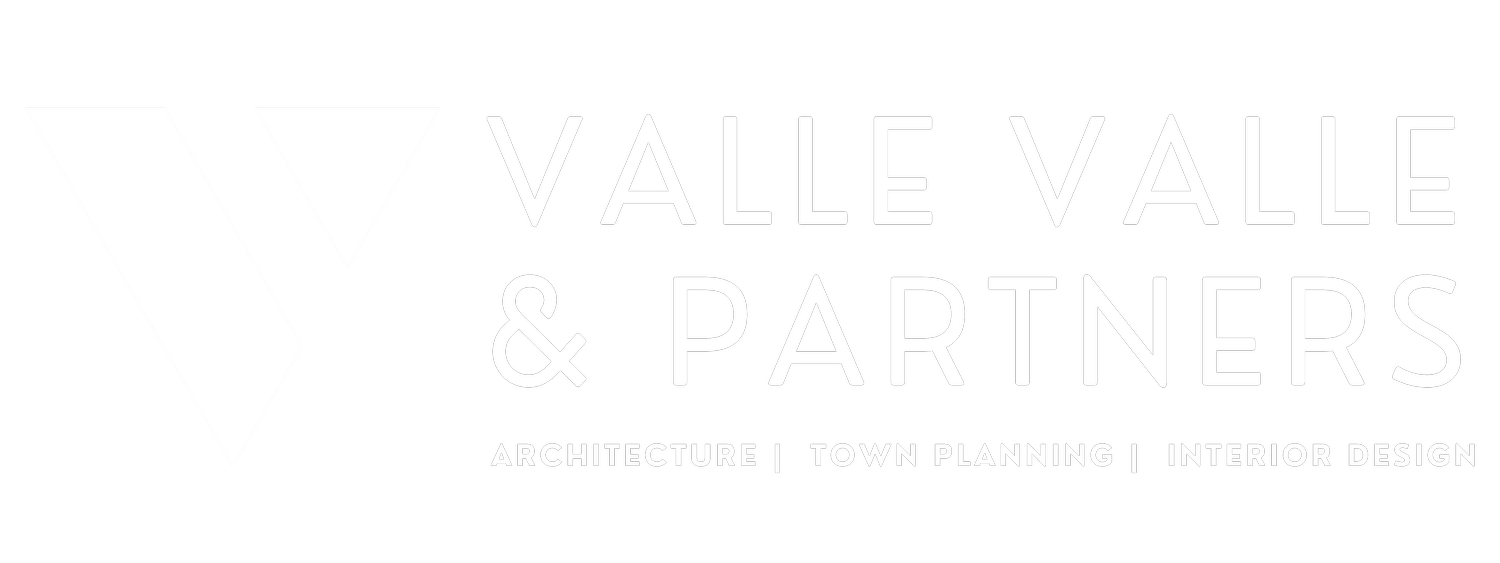LA LABRANZA
san salvador, El salvador | 336 hectares
The proposed Master Plan is composed of five distinct villages. Major factors distinguishing the villages are a combination of the contours of the site, the protected natural preserves, parks, historic caminos, and the three major points of access that crisscross the site. Village I is located at the most flattened area of the site, it is divided by a preserve. Village II is divided by a large preserve into an equal portion of land at the top of the hill and the other at the bottom of the hill. Village III is situated on a picturesque hilltop, its road network follows the contours of the hill. Village IV is situated at the ridge of a valley, providing its residents with views that capture the seashore to the south and the San Salvador volcano on the northwest. Village V is the Town Center of La LaBranza, truly the heart of the community. Situated at the base of the valley its large open plazas provide an atmosphere for both the residents and visiting tourists to enjoy the natural preserves and valley that have been protected demonstrating a model for future development in the region.
The master plan for La LaBranza is located in the Town Center, at the heart of the site, and at the base of the Valley. It is a layout with a central grand plaza that is framed by buildings along three sides and the Valley to the south. The Town Center will provide a unique environment for the residents to enjoy the beauty of this region. The program of the Town Center shall include a grocery store and other support retail and restaurants anchored by a boutique hotel.
La LaBranza envisions strategically locating the Live/Work units at the entrance to each of the Villages. This will provide the residents access to their daily needs and/or a place of work for entrepreneurs, small businesses, and professionals. The live/work unit combines the workspace with living quarters. This building type is uniquely designed so that the retail/office at the ground level can only be accessed from the major street. The housing located above can only be accessed from within the secured wall community.
The master plan for La LaBranza envisions three monumental main entrances to greet the residents or visitors when they arrive. These main entrances will be located at Boulevard Cuscatlan, Boulevard Luis Poma, and Calle A Huizucar. The intent of the monumental main entrance for each is to embrace the cultural heritage of this former coffee plantation by drawing from a symbolic vernacular architectural style.
La LaBranza envisions using the wall townhouse where the Live/Work is not used. This townhouse can only be accessed from inside the Village. The articulation of the wall includes minimal port holes on the ground floor, windows and minor openings on the second floor, and balconies and overhangs that provide the opportunity for “eyes on the street on the third floor.
La LaBranza will integrate multi-family apartment buildings to frame the edges of the public spaces. This building type introduces a variety of housing options for the residents of each Village. In any urban environment, society needs a variation of housing options so that generations can coexist, and most importantly, continue to share the culture of their place. Introducing higher-density housing into each Village creates an opportunity for open space which turns into gathering spots encouraging a variety of activities.
La LaBranza proposes to have a diversity of housing options that include townhomes, duplexes, to single-family lots for custom homes. This sequence of renderings illustrates various housing types that can be used to create a healthy walkable and pedestrian-scale place for its residents.
the site is situated on 485 manzanas that include vast flat areas surrounded by hills and valleys. The proposed Master Plan protects up to 228 manzanas or 45% of the natural land areas that have slopes greater than 40%. In addition, another 10% is preserved in the form of a network of swales, greens, and parks that help further protect the natural water flow of the land.
The vast amount of this land will be protected and kept in its natural form; only interrupted by the existing historic caminos that will be enhanced so that they can be used as bicycle and running paths for the residents. By protecting over 45% of the natural flora, this development will be protecting the habitat of healthy fauna that exist in this region. Another benefit to protecting the native flora will be protecting the site from any erosion or desertification as can be seen in the surrounding developments. Furthermore, this development will be implementing green infrastructure strategies to insure that it does not contribute to the pollution of the environment.
